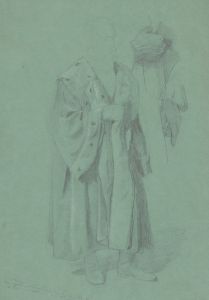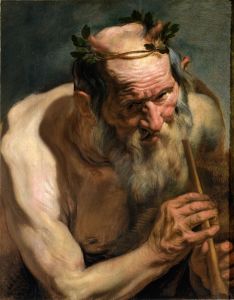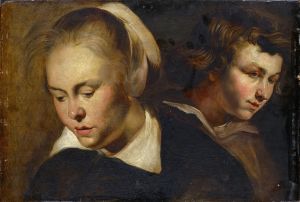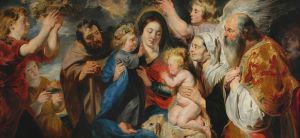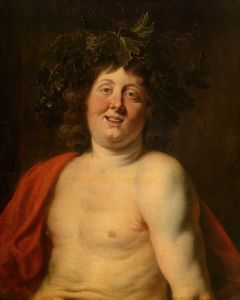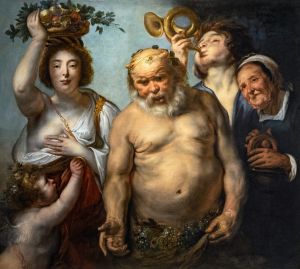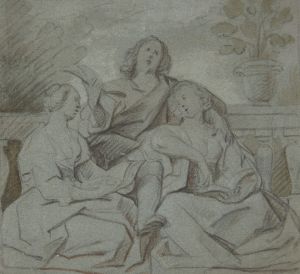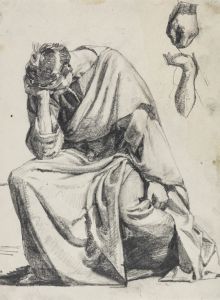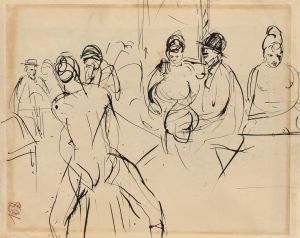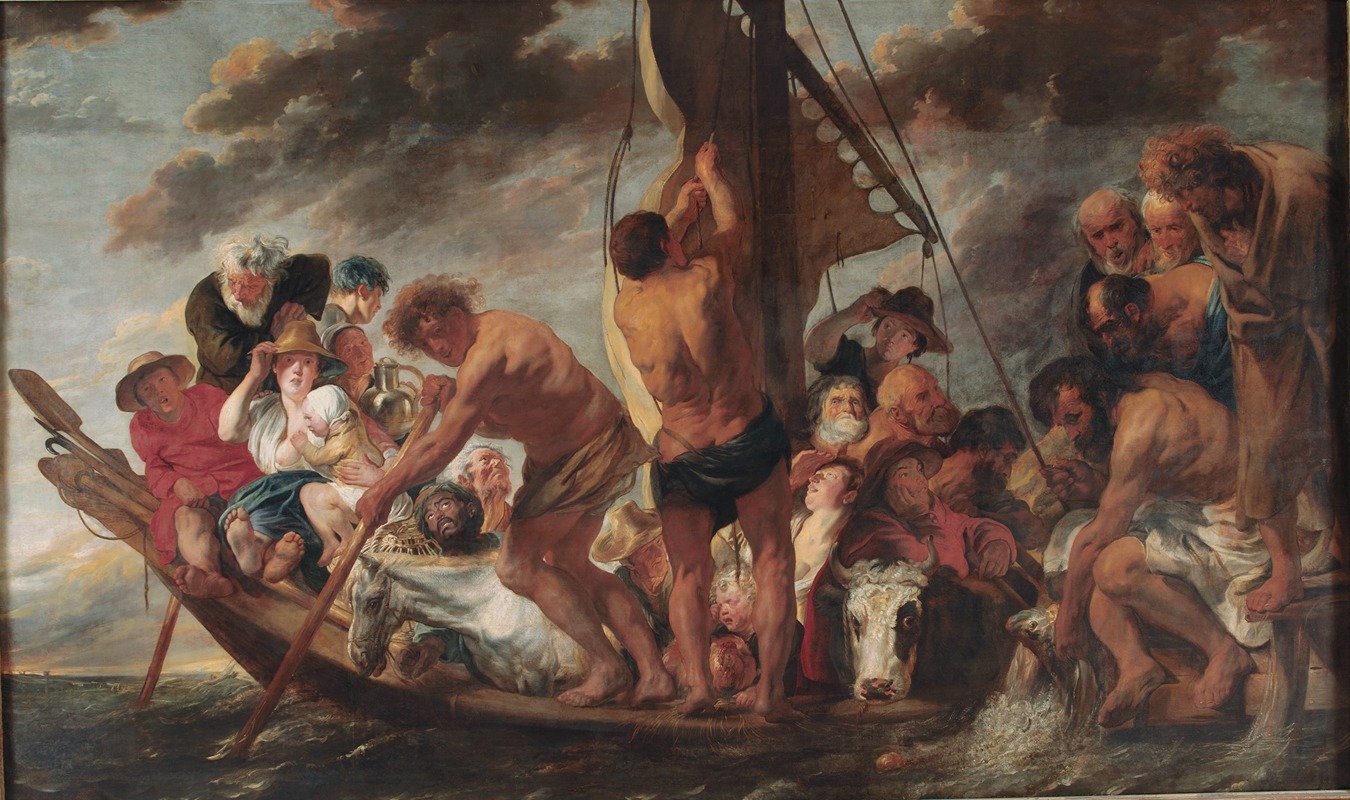
The Tribute Money. Peter Finding the Silver Coin in the Mouth of the Fish. Also called ‘The Ferry Boat to Antwerp’
A hand-painted replica of Jacob Jordaens’s masterpiece The Tribute Money. Peter Finding the Silver Coin in the Mouth of the Fish. Also called ‘The Ferry Boat to Antwerp’, meticulously crafted by professional artists to capture the true essence of the original. Each piece is created with museum-quality canvas and rare mineral pigments, carefully painted by experienced artists with delicate brushstrokes and rich, layered colors to perfectly recreate the texture of the original artwork. Unlike machine-printed reproductions, this hand-painted version brings the painting to life, infused with the artist’s emotions and skill in every stroke. Whether for personal collection or home decoration, it instantly elevates the artistic atmosphere of any space.
Jacob Jordaens, a prominent Flemish Baroque painter, created the artwork known as "The Tribute Money. Peter Finding the Silver Coin in the Mouth of the Fish," also referred to as "The Ferry Boat to Antwerp." Jordaens, born in 1593 in Antwerp, was a contemporary of Peter Paul Rubens and Anthony van Dyck, and he is celebrated for his dynamic compositions and vibrant use of color.
This painting is an interpretation of a biblical story from the Gospel of Matthew (17:24-27), where Jesus instructs Peter to find a coin in the mouth of a fish to pay the temple tax. The narrative is a testament to faith and divine provision, themes commonly explored in Baroque art. Jordaens, known for his ability to infuse biblical scenes with a sense of immediacy and realism, captures the moment with dramatic flair.
In "The Tribute Money," Jordaens employs his characteristic style, marked by robust figures and a lively composition. The scene likely depicts the moment when Peter retrieves the coin, a miracle that underscores the divine authority of Jesus. Jordaens' use of light and shadow enhances the drama, drawing the viewer's eye to the central action. His figures are expressive, with gestures and facial expressions that convey the narrative's emotional depth.
The alternative title, "The Ferry Boat to Antwerp," suggests a local interpretation or adaptation of the biblical story, possibly reflecting Jordaens' tendency to incorporate familiar elements into his work. This approach made his paintings relatable to his contemporaries, grounding sacred stories in everyday reality.
Jordaens' work is characterized by a rich palette and a keen attention to detail, both of which are evident in this painting. The textures of clothing, the play of light on water, and the naturalistic depiction of the figures all contribute to the painting's vividness. Jordaens' ability to blend the sacred with the secular is a hallmark of his oeuvre, and this painting exemplifies his skill in making religious themes accessible and engaging.
Throughout his career, Jordaens was influenced by the works of Rubens, yet he developed his own distinctive style. Unlike Rubens, Jordaens never traveled to Italy, which was unusual for artists of his time. Instead, he drew inspiration from the local Flemish tradition and the works of Northern European artists. His paintings often feature robust, earthy figures and a sense of vitality that distinguishes his work from his contemporaries.
"The Tribute Money" reflects Jordaens' mastery of composition and his ability to convey complex narratives with clarity and energy. His work remains an important part of the Baroque period, illustrating the era's fascination with drama, emotion, and the interplay between the divine and the human.
Jordaens' paintings are housed in major museums around the world, and his contributions to Baroque art continue to be studied and appreciated for their technical skill and narrative power. "The Tribute Money" is a testament to his enduring legacy as one of the leading artists of his time.







